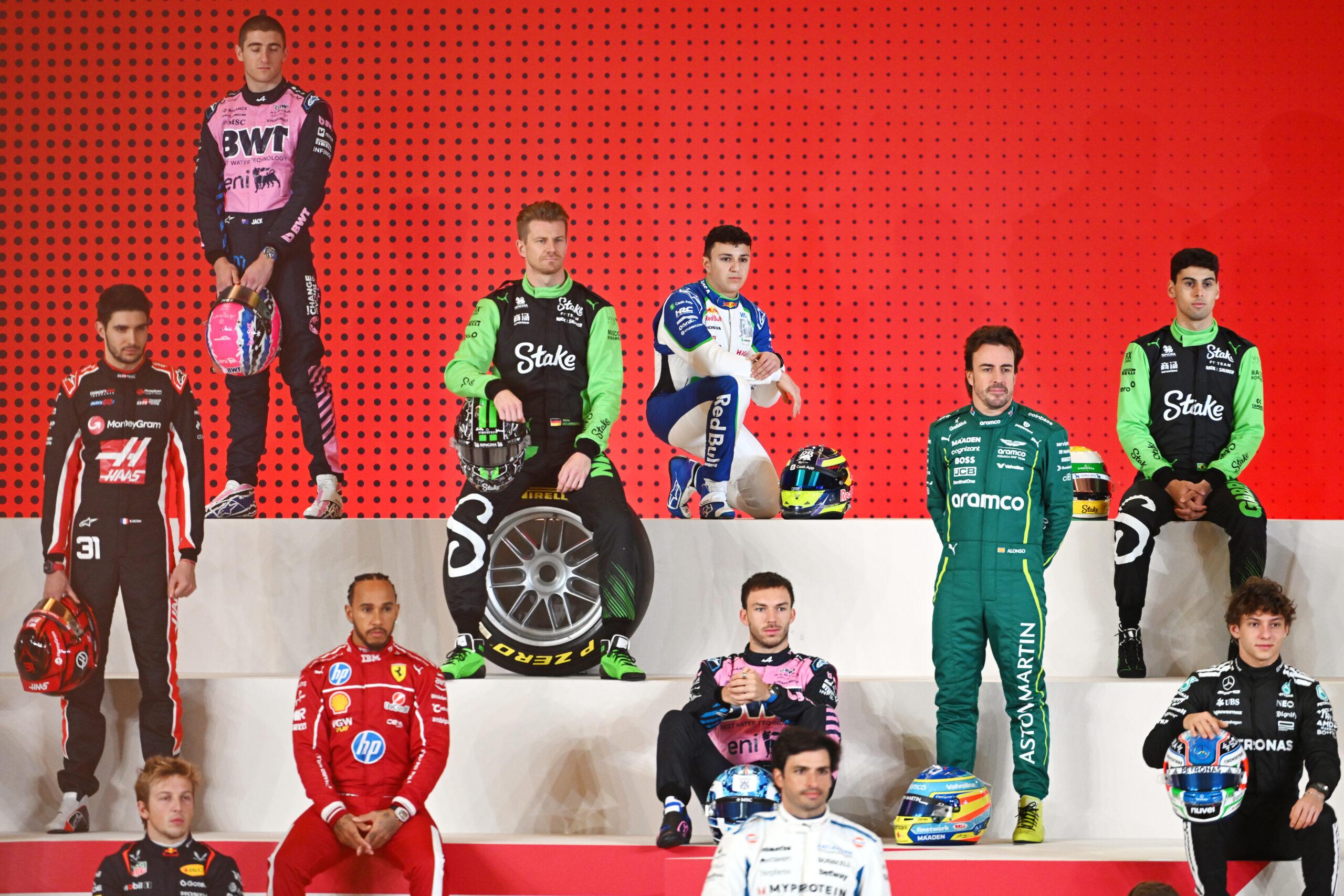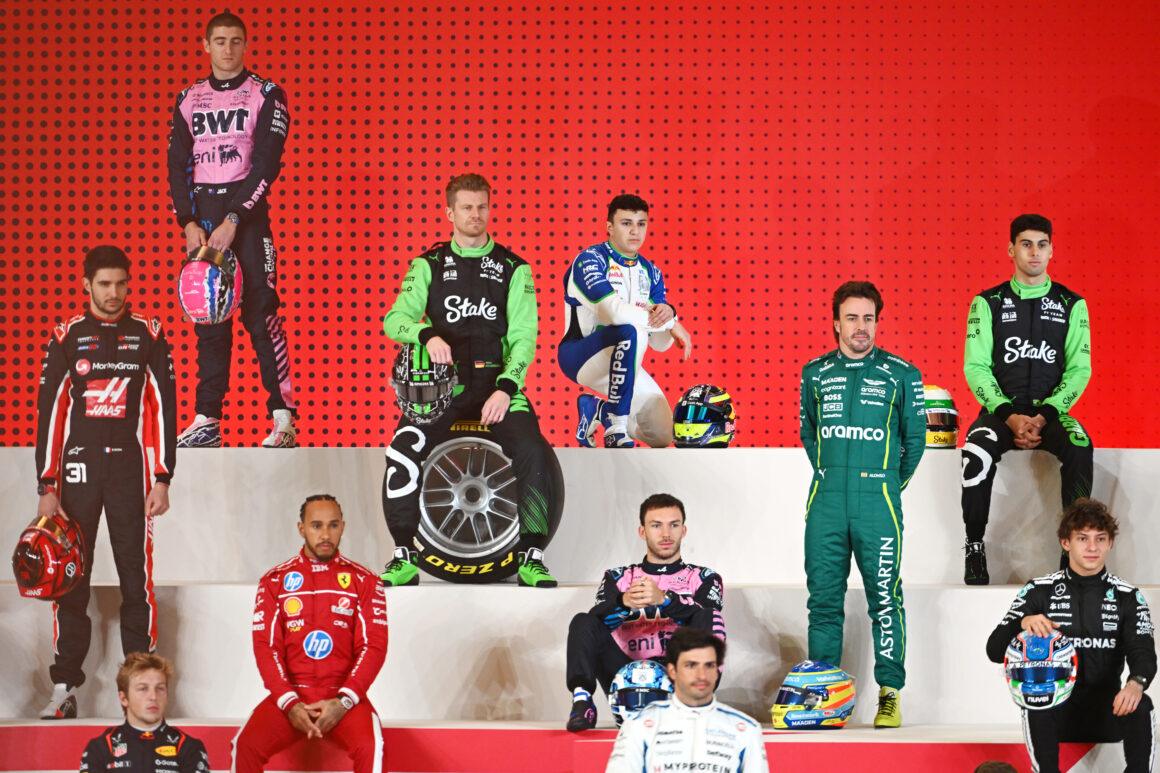Formula 1 fuel isn’t unicorn juice. It’s petrol that has to be chemically similar to what you pump into your road car. Since 1996, regulations have forced F1 fuel to match Euro 95 standards, meaning the compounds are road-legal and familiar. The twist? Teams and suppliers blend those allowed compounds with vicious precision. Legal, yes. Basic, never.
So no, it’s not rocket fuel in disguise. But it is tuned like a Stradivarius. Same chemicals, different orchestra. And the lap time doesn’t lie.
Regulations: Road-Car DNA, Racing Intent
The FIA locks the door on any weird chemistry. If a compound isn’t found in pump gas, it’s out. But within that limited palette, fuel partners get creative. Each supplier builds bespoke blends for each power unit, and the result is savage efficiency. You’d swap fuels between teams? Don’t. It won’t sing the same tune.
Since 2019, races cap fuel mass at 110 kg. That’s not “fill to the brim and pray.” It’s tight, calculated, and lean. Teams measure fuel in kilograms, not liters, because density games are part of the puzzle. Strategy by spreadsheet, horsepower by chemistry.
E10 Today, 100% Sustainable Tomorrow
Right now, F1 runs on E10—that’s petrol with 10% renewable ethanol. The sport jumped to this blend in 2022, and power unit bosses didn’t whisper about it. They yelled. The change was massive, and it forced teams to re-map engines like their jobs depended on it. Because they did.
But the real thunder is coming. From 2026, F1 is targeting 100% sustainable fuel—synthetic or advanced bio-based. Same performance, drastically lower net carbon. The green wave isn’t PR fluff this time. It’s baked into the rules. Somewhere, an engine dyno just started sweating.
Octane, Myth-Busting, and That ‘Rocket Fuel’ Myth
Here’s the curveball: minimum octane is around 87 RON by regulation equivalency—because the fuel must be comparable to what you’d find at a pump. That doesn’t mean the blends are lazy. It means octane isn’t the only horsepower game in town. Volatility, burn speed, knock resistance—they’re the real MVPs.
Back in the day, Ferrari and Shell ran a test. Race fuel vs. road fuel. The gap? Less than a second over a short run. The takeaway? F1 fuel is road-like in chemistry, but optimized like a lab-built sprinter. Lights out and away we… oh wait, the chemists already won.
Team-Specific Blends: Why Fuel Is a Secret Weapon
Shell builds for Ferrari. Petronas builds for Mercedes. BP/Castrol, ExxonMobil—each supplier tailors fuel to the power unit’s combustion profile. That includes ignition timing, injection pressure, and turbo behavior. It’s a handshake between engine maps and molecule design. Swap blends and you don’t just lose tenths—you lose character.
The fuel is legal. The advantage is not subtle. The competition? Reduced to expensive spectators if you get this wrong.
Fuel Load, Strategy, and Why Refueling Is Dead
Refueling during the race? Banned since 2010. Costs, safety, and a few too many marshmallow-toaster moments killed it. Now, cars start heavy and slim down with every lap. Engineers calculate usage from winter testing through FP long runs. It’s fuel algebra with podium consequences.
The aim is brutal simplicity: start with enough to finish, not a gram more. Because excess fuel is dead weight. And dead weight is lap time, gift wrapped and sent to your rivals.
Race Day Numbers That Matter
Keep your eyes on these figures the next time you’re timing pit windows. The margins are razor-thin, by design. The plot thickens like team excuse lists when consumption spikes.
- Fuel cap: 110 kg per race since 2019
- No refueling: Pit stops are tires only
- Fuel mass, not volume: Density games matter
- Fuel outside cell: Strictly limited to 250 ml
What’s Actually Inside F1 Fuel?
Legally, it’s petrol. Practically, it’s petrol engineered to set cylinders on fire with ballet precision. Additives are allowed so long as they mirror road fuel chemistry. Suppliers tune volatility curves and combustion speed to bash detonation while feeding turbocharged, high-pressure injection engines with perfectly timed energy.
The exact blend? Classified. Teams guard those formulas like race-winning aero. Somewhere, a PR manager just had a minor stroke reading “classified.”
Sustainability: Not Just Stickers on the Garage Door
F1’s Net Zero 2030 plan puts sustainable fuel at the center. The target 2026 fuel won’t add net carbon to the atmosphere. That means synthetic sources, captured carbon, or advanced bio feedstocks—not dinosaur juice. The aim is to keep combustion tech relevant without frying the planet.
Historical callback time: think the turbo-hybrid revolution of 2014, but for fuel. Welcome to the sequel nobody asked for, until governments did.
Common Questions, Brutal Answers
Can you run an F1 car on pump fuel?
Technically, yes. It’ll run. Ferrari proved it in a test years ago. But you’ll be slower. The race blend helps off-corner punch and knock resistance. The road stuff? Fine, not ferocious.
That said, chemistry overlap is real. About as close as it gets without being identical twins. Think siblings—one became a triathlete, the other writes scathing columns.
Why not just use higher octane?
Because F1 fuel doesn’t win on octane alone. It wins on how it burns in a high-compression, turbo-hybrid environment at screaming cylinder pressures. Combustion speed and stability are king. Octane is just one knight at the table.
If your strategy is “more octane,” congratulations. Another masterclass in how NOT to develop fuel.
Weather vs. Fuel: Who Wins?
The weather is a petty tyrant. Heat thins the air and wrecks knock resistance. The track temperature hits levels that would make Hell consider air conditioning, and suddenly your perfect spark map looks dumb. Teams tweak for conditions or watch engines sulk.
Cold air? More oxygen, more power, more knock risk. Rain? The rain shows up like that friend who always causes drama at parties, and now fuel usage shifts with lift-and-coast. Strategy shuffles. Headaches multiply.
Key Takeaways: What You Should Actually Remember
- F1 fuel is petrol with road-car chemistry rules, tailored for race engines.
- It’s currently E10, shifting to 100% sustainable fuel in 2026.
- Teams run up to 110 kg per race, measured by mass, not volume.
- No refueling since 2010—strategy is all pre-race and on the fly.
- Supplier blends are team-specific and closely guarded.
Final Lap: So, What Fuel Do F1 Cars Use?
They use highly optimized petrol that follows strict FIA rules to mirror road fuel chemistry—currently E10, soon to be fully sustainable. The magic isn’t witchcraft. It’s meticulous blending, engine mapping, and a ruthless focus on combustion. The result? Peak performance within legal boundaries.
F1 didn’t just adapt to fuel rules—they weaponized them. The competition? Reduced to expensive spectators when they get it wrong. File this under: Yikes.

